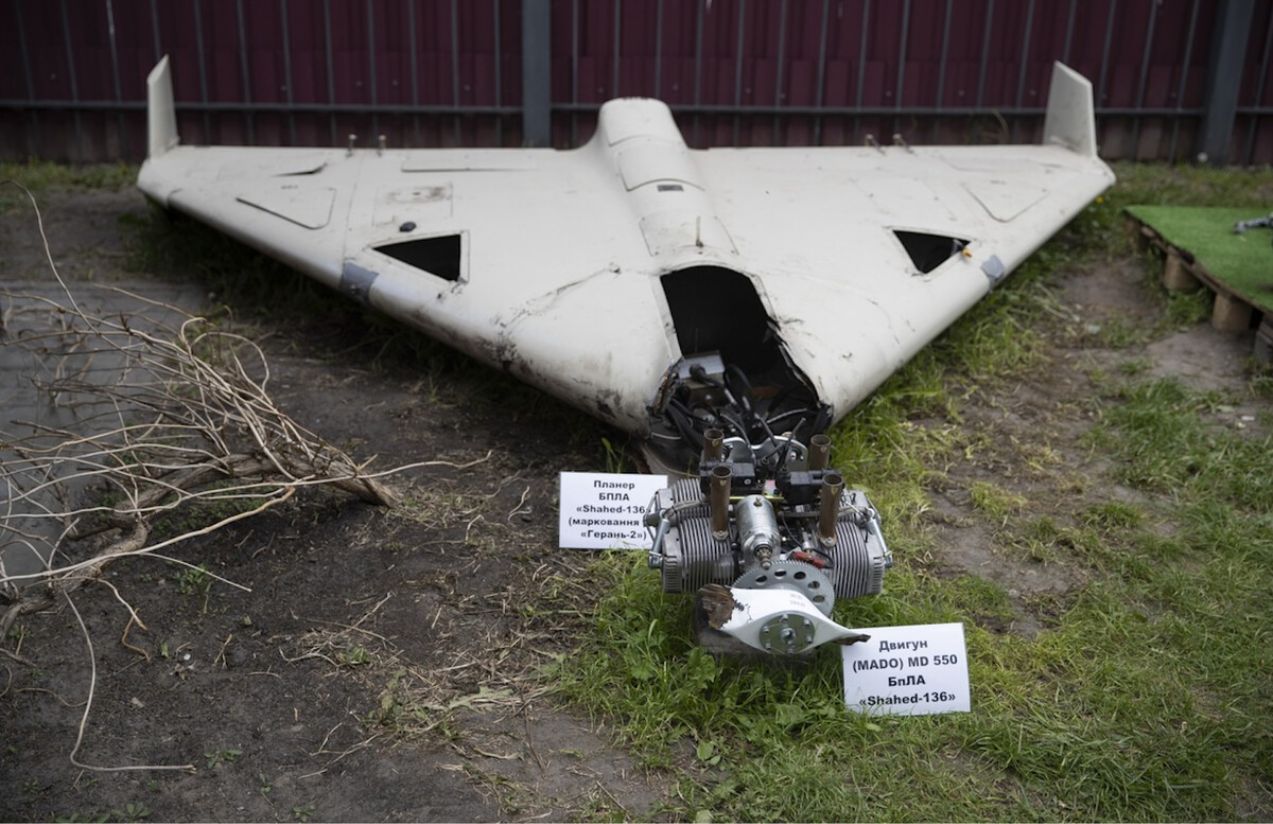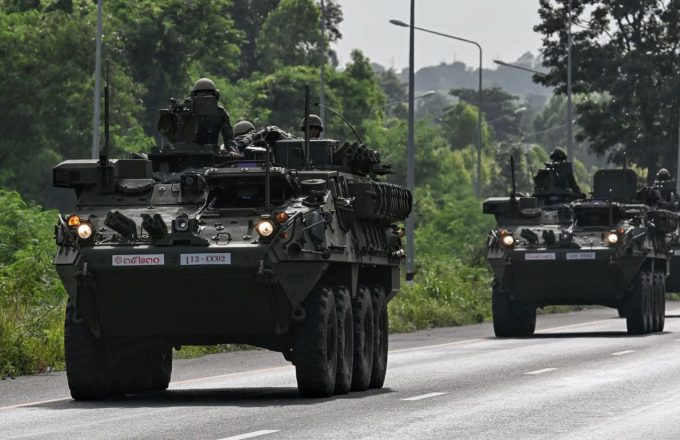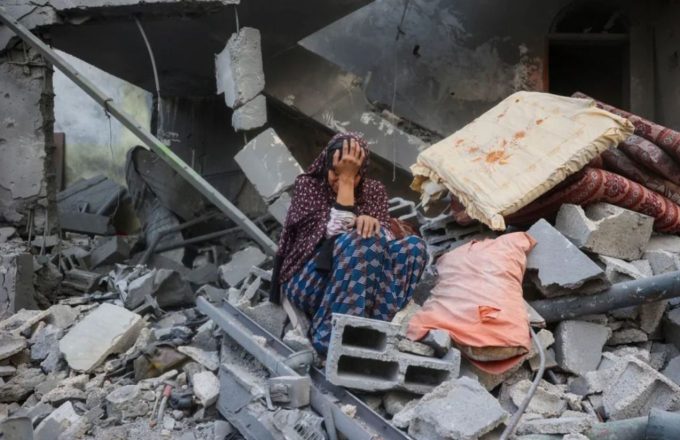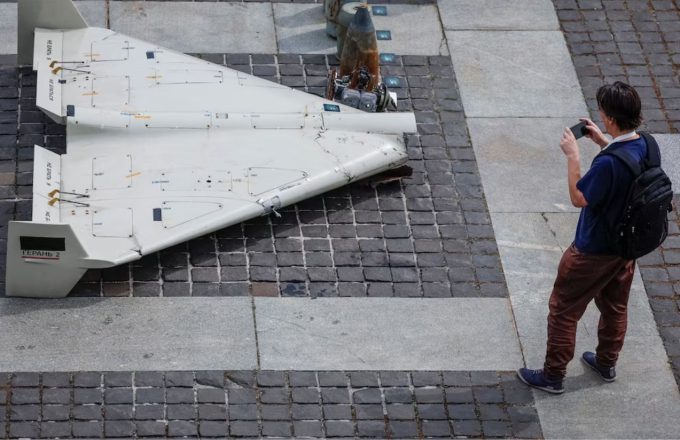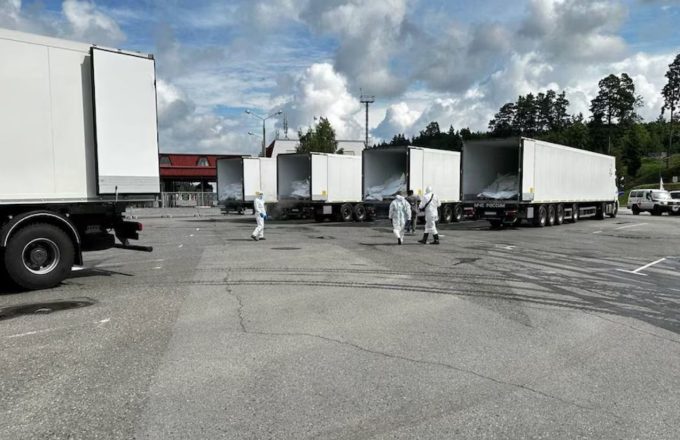The war in Ukraine’s skies has become an increasingly technological, intense, and unequal battle. Captured enemy equipment continues to reveal surprises: in November, a Parody drone exposed the deep involvement of the United States in the conflict; just weeks ago, a Russian cruise missile was intercepted by a system supplied by Ukraine’s allies; and most recently, a downed Shahed drone contained a hidden note that has stirred Ukrainian intelligence.
Meanwhile, Russia’s aerial offensive has escalated to unprecedented levels. In a single night, it launched 298 drones and 69 missiles, pushing Ukraine’s air defenses to the brink. With peace negotiations at a standstill, Ukraine is being forced to ration its interceptors, leaving cities, infrastructure, and civilians increasingly exposed to relentless strikes.
Russia has revamped its air strategy, focusing on ballistic missiles—many of them supplied by North Korea—and a new generation of Iranian-made Shahed drones, now in their sixth iteration. These drones use artificial intelligence to bypass advanced defenses and have recently struck shopping centers, residential areas, and military facilities. Production in Russia has surged: what used to take a month now takes just three days, with plans to produce up to 500 drones daily.
In parallel, a disturbing revelation has emerged: according to an exclusive report by The Economist, some Shahed drones are now being controlled via Telegram bots, allowing operators to send coordinates and receive live video feeds without relying on GPS. This innovation makes the drones more resistant to electronic interference and marks a significant leap in their autonomy and lethality.
The West has responded by lifting restrictions on long-range weapons deliveries to Ukraine. Still, the threat continues to grow. While Ukrainian defenses manage to shoot down 95% of drones targeting Kyiv, the remaining 5% still inflict devastating damage. The Shaheds fly low to evade radar and then climb rapidly, rendering short-range systems ineffective.
When it comes to ballistic missiles, Ukraine is critically under-defended. Only the PAC-3 interceptors from the Patriot system—of which it has very few—can stop them, and each Russian missile typically requires two interceptors. Although the United States plans to increase PAC-3 production to 650 units annually, this remains insufficient against the 500 ballistic missiles Russia is believed to have stockpiled.
In Ukraine’s skies, the war is advancing with speed, artificial intelligence, and an intensity that shows no signs of relenting.


